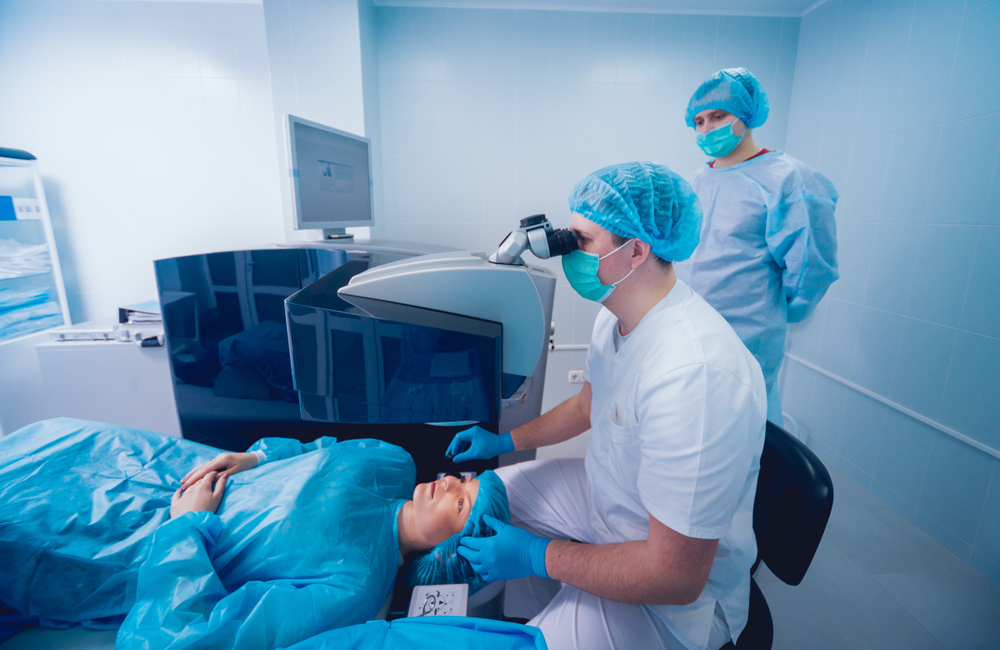Revolutionizing Telehealth: The Emergence of Haptic Feedback in Remote Medical Care
Imagine a world where a surgeon can perform a delicate procedure on a patient thousands of miles away, feeling every subtle texture and resistance as if they were in the same room. This isn't science fiction—it's the cutting-edge realm of haptic feedback in telehealth, a technology poised to transform remote medical care and bring advanced healthcare to even the most isolated communities.

Understanding Haptic Feedback Systems
At its core, a haptic feedback system in telehealth consists of three main components: sensors that capture tactile information, actuators that reproduce these sensations, and a high-speed, low-latency network to transmit data between the two. The sensors, often embedded in surgical tools or gloves, detect pressure, texture, and temperature. This information is then encoded and sent over the network to the actuators, which recreate these sensations for the remote user.
The Promise of Enhanced Remote Diagnostics
One of the most promising applications of haptic feedback in telehealth is in remote diagnostics. Traditional telemedicine has been limited by the inability of doctors to physically examine patients. With haptic technology, physicians can now perform virtual palpations, feeling for abnormalities in tissue consistency or detecting subtle changes in pulse rate. This level of tactile information can be crucial for early detection of conditions like breast cancer or cardiovascular issues.
Revolutionizing Telesurgery
Perhaps the most dramatic impact of haptic feedback is in the field of telesurgery. While robotic surgery has been around for decades, the addition of tactile feedback takes it to a new level. Surgeons can now feel the resistance of tissues, the tension in sutures, and the pulsation of blood vessels, all while operating from a remote location. This not only improves surgical precision but also reduces the risk of complications due to excessive force or inadvertent damage to surrounding tissues.
Training the Next Generation of Medical Professionals
Haptic feedback technology is also transforming medical education. Virtual reality simulations enhanced with tactile sensations allow medical students to practice procedures in a safe, controlled environment. These systems can replicate a wide range of scenarios and patient conditions, providing invaluable hands-on experience without the risks associated with practicing on real patients. The ability to feel tissue resistance, pulse rates, and anatomical structures in a virtual setting accelerates the learning curve and improves skill retention.
Challenges and Limitations
Despite its potential, haptic feedback in telehealth faces several challenges. The technology requires extremely low latency networks to function effectively, which may not be available in all areas. There are also concerns about the accuracy and fidelity of tactile sensations, especially in complex medical procedures. Additionally, regulatory frameworks for this emerging technology are still in development, raising questions about liability and quality control.
The Road Ahead: Integration and Innovation
As haptic feedback technology continues to evolve, we can expect to see its integration with other emerging technologies. Artificial intelligence could enhance the interpretation of tactile data, providing doctors with additional insights. Nanotechnology may lead to more sophisticated sensors and actuators, further improving the accuracy and range of tactile sensations that can be transmitted.
Conclusion: A Touch of the Future
The integration of haptic feedback into telehealth represents a significant leap forward in remote medical care. By bridging the physical gap between healthcare providers and patients, this technology has the potential to democratize access to specialized medical expertise, improve patient outcomes, and revolutionize medical training. As we continue to push the boundaries of what’s possible in telecommunications and healthcare, haptic feedback stands as a testament to the power of innovation in creating a more connected and healthier world.





